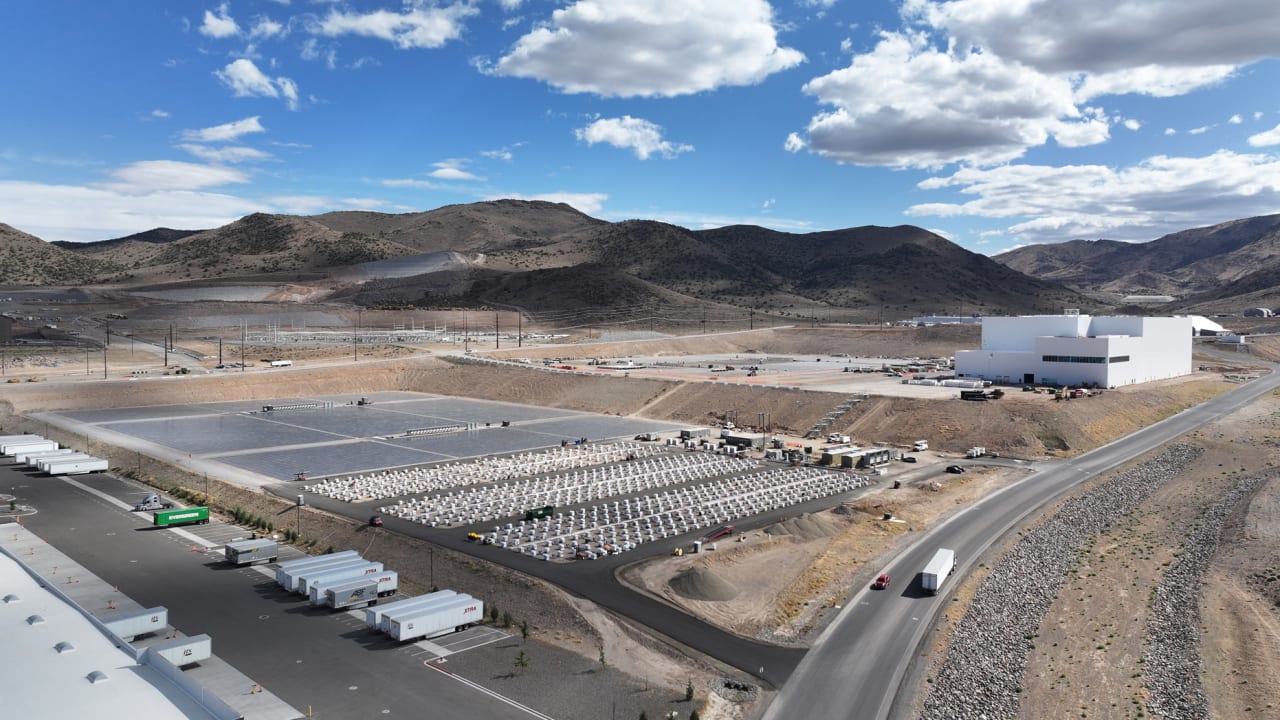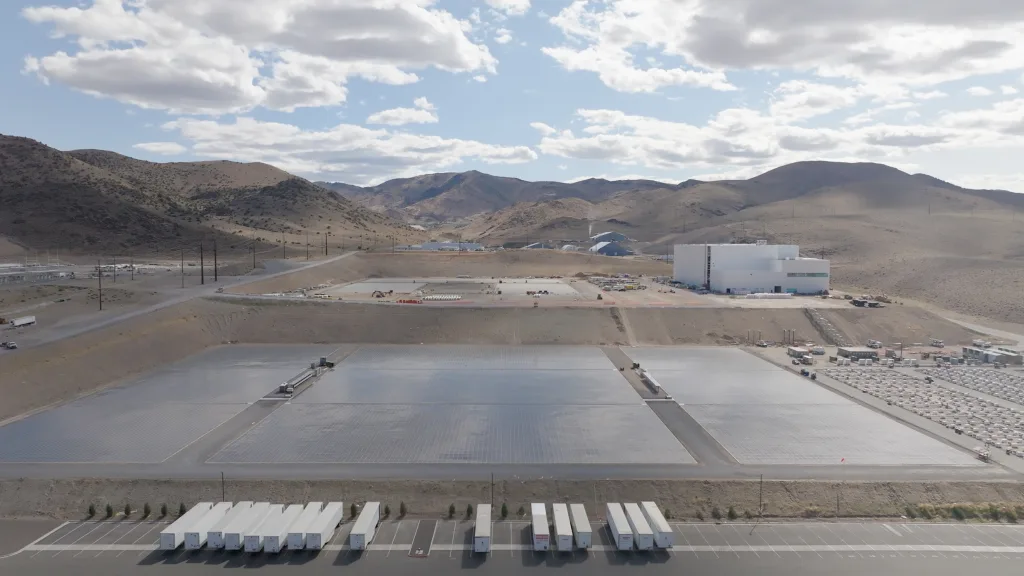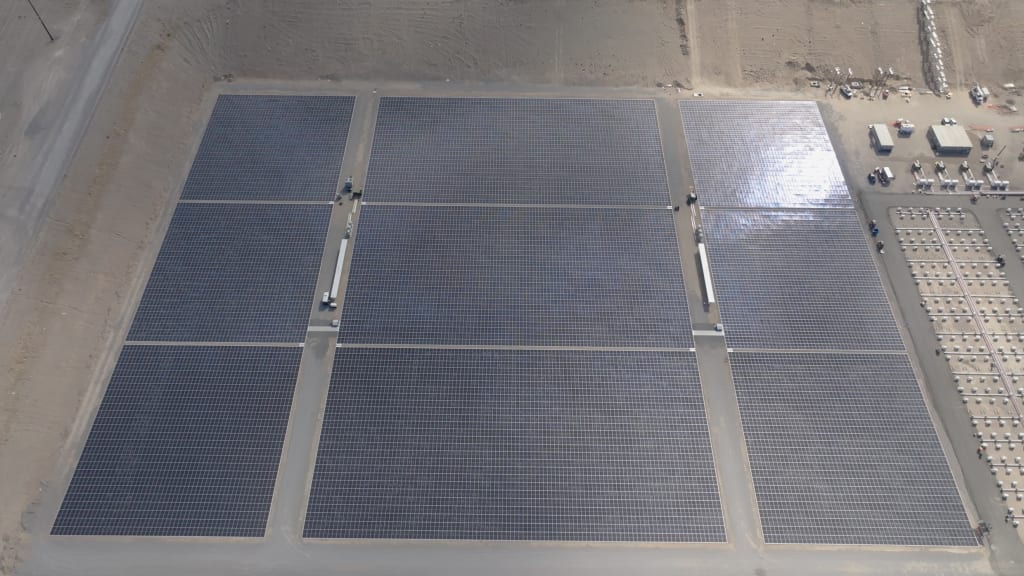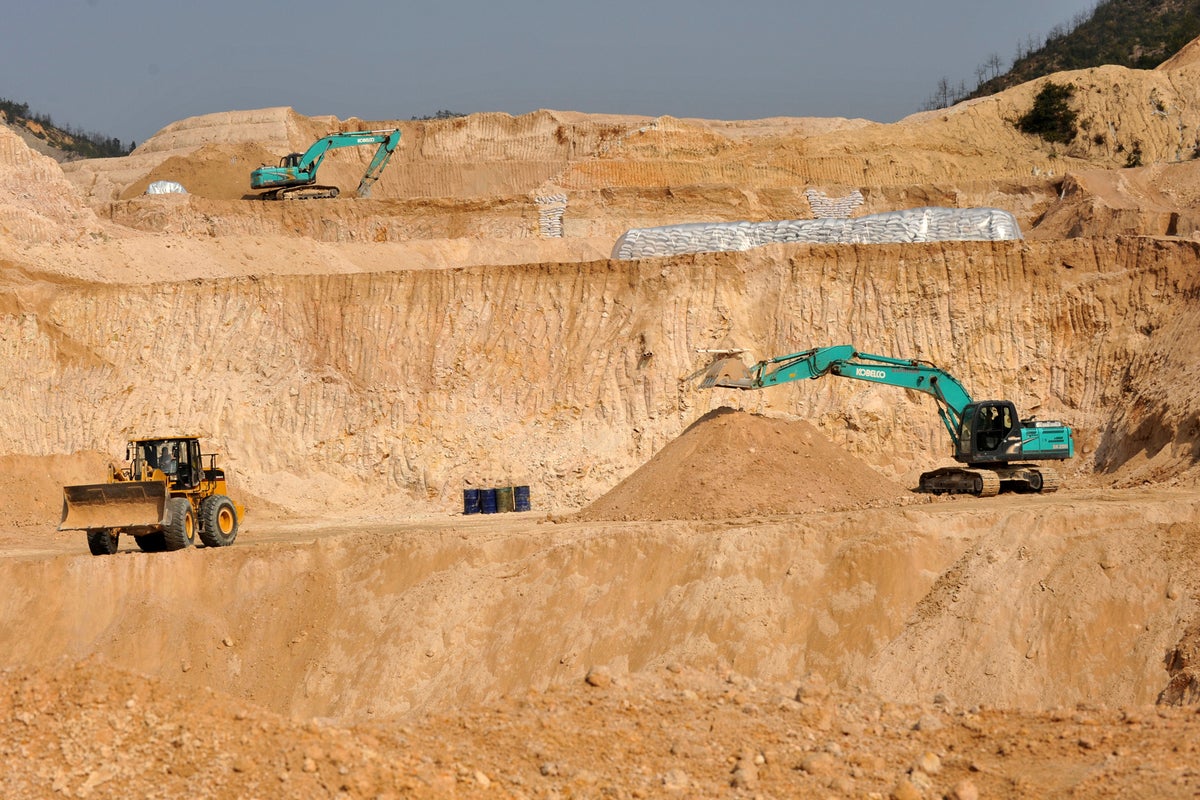This massive new data center is powered by used EV batteries

Over the last two months, a first-of-a-kind project has taken shape at an industrial site in Nevada: the world’s largest microgrid built with used EV batteries, designed to power an adjacent data center.
It’s the first of a series of microgrids planned by Redwood Materials, the battery recycling company now valued at more than $5 billion. The company is taking in a quickly-growing volume of used EV batteries—tens of thousands over the last year, and perhaps hundreds of thousands over the next 12 months. Most of those batteries still have enough capacity to have a second life before the materials are recycled. And they could help deal with a major energy challenge: how new data centers can come online quickly and cheaply without straining the grid and significantly adding to climate emissions.
“The amount of batteries coming back that have usable life and that are relatively more cost-efficient to deploy has ramped up dramatically in just the last year or two,” says JB Straubel, CEO of Redwood Materials. The company announced its new energy business arm at an event on June 26.
Straubel, one of Tesla’s cofounders, left the automaker in 2019 to help build a new U.S. supply chain of critical battery materials using the growing pile of battery waste. Last year, the company started commercial production of cathode active material, one key component in batteries, from recycled materials. Its recycling business is already profitable; it generated $200 million in revenue last year. But it also recognized the huge opportunity to put some batteries to work again.
How EV batteries can find a second life
When a battery is in a car or a truck, “it’s a pretty demanding application,” Straubel says. “You need a lot of power capability. You really want to charge quickly, usually, so you can go to fast charge stations. And you also need a pretty high percent of your overall initial range that you purchased in the car.”
But even when a battery has lost so much capacity that it no longer makes sense for driving, it can still be used to store energy. In that application, charging and discharging can happen slowly. A battery might only have half of its original capacity, but can still reliably support the grid or a microgrid. In some cases, it could be used for years before it’s eventually recycled.
In the new microgrid, on Redwood’s campus near Reno, more than 800 used EV batteries are connected to 20 acres of solar panels. It has enough power to run a new AI data center on the site, built by Crusoe, a company that designs and deploys low-carbon compute infrastructure.
The data center operates fully off the grid, without an external backup. “We still expect [the microgrid] to be very, very reliable,” Straubel says. “In some cases, it might be more reliable, because we have less failure points.” To make it possible to avoid the grid completely, the team built a relatively large amount of solar power and large battery capacity.
In other cases, the company will build microgrids that do have a grid connection, but allow data centers to run on their own renewable energy most of the time. Some projects could also be built with backup from gas generators. But there are advantages to off-grid renewable projects.
Why companies want to go off the grid
Off-grid projects are faster than other alternatives. Right now, the wait time for a new gas turbine can be as long as seven years. Connecting large new renewable energy projects to the grid also takes years because of long delays in the permitting process. A self-contained microgrid can avoid waiting in the interconnection queue.
And if it’s fully renewable, like the project from Redwood and Crusoe, it can also avoid the long process to get air quality permits. All that a project needs is simple construction permits. The process to build can also happen quickly. (Crusoe’s own data center infrastructure, which uses modular, self-contained small units, is also fast to deploy. The new data center is already running in test mode and will be available for Crusoe’s cloud customers to use in the coming weeks.)
Because renewable energy is cheap, and Redwood’s battery system is also affordable, the microgrids can compete head to head with fossil fuels. “We’re seeing prices now that I think are below what you can do with the gas microgrid,” says Straubel.
All of this means that even if a tech company doesn’t have sustainability as its first priority when it builds a new data center, the microgrid can still be a compelling choice.
“It seems that in this moment, speed and power availability is the number-one topic,” Straubel says. “Maybe number two would be overall economics. Number three is sustainability. Not to say that people don’t care about that—I feel that most of our customers care quite deeply about it. But there’s a lot of pressure for everyone to grow fast and balance all these other constraints while doing it.”
The potential for scale
Data center providers that want to use solar power need to find land in the right location. But one recent analysis found that there was more than enough available land in the U.S. to support the massive energy demand from new data centers—far more than even high-end projections that say that we may need a staggering 300 gigawatts of new energy by 2030 to cover growth.
That analysis looked at the feasibility of microgrids that were 90% renewable and 10% gas-powered. But it mapped out potential sites in detail, and points to areas that could also potentially be used for 100% renewable projects.
Redwood is already working on other microgrids for other data centers. And over time, as more used EV batteries become available, they can play a greater role for the grid overall. “The volumes in the automotive and transportation sector are so much higher than in the grid sector,” Straubel says. “Over the long term, I believe that EV batteries—trucks, cars, robotaxis, all of it—will have an extremely significant role to play in really all bulk energy storage.”
It can help the cost of energy storage come down, which is key to helping renewables fully scale up. “Renewables are our cheapest source of generation today,” he says. “And I think that’s only going to expand. But they’re intermittent. We have to find a cost-efficient way to deliver firm, reliable, renewable energy if we have a hope of scaling it. And to me, that is really the long-term main application.”
What's Your Reaction?
 Like
0
Like
0
 Dislike
0
Dislike
0
 Love
0
Love
0
 Funny
0
Funny
0
 Angry
0
Angry
0
 Sad
0
Sad
0
 Wow
0
Wow
0






























































































